Biophilic design is all around us in urban and residential settings alike. Even interior design that features exclusively artificial materials and design elements will still have traces of nature present in one form or another. Offices with state-of-the-art technology and inorganic materials tend to have plants propped or hanging around the space. Highly-industrialized areas of the city with hulking factories and machinery will still feature a wooden bench here and there, perhaps even a small garden in the courtyard, and even rows of trees.
The biophilia hypothesis states that humans always strive towards nature and find ways of incorporating it into even the most sterilized and manufactured environments. Natural decor, materials, colors, and forms are all elements of biophilic design and can be easily achieved in your home. Sure, putting a few plants around the house and making a green accent wall is a great place to start. However, if we’re really going to get into the meat and gravy of biophilic design, it’s worth exploring its roots and why nature surrounds us in the patterns it does, even in the modern world.




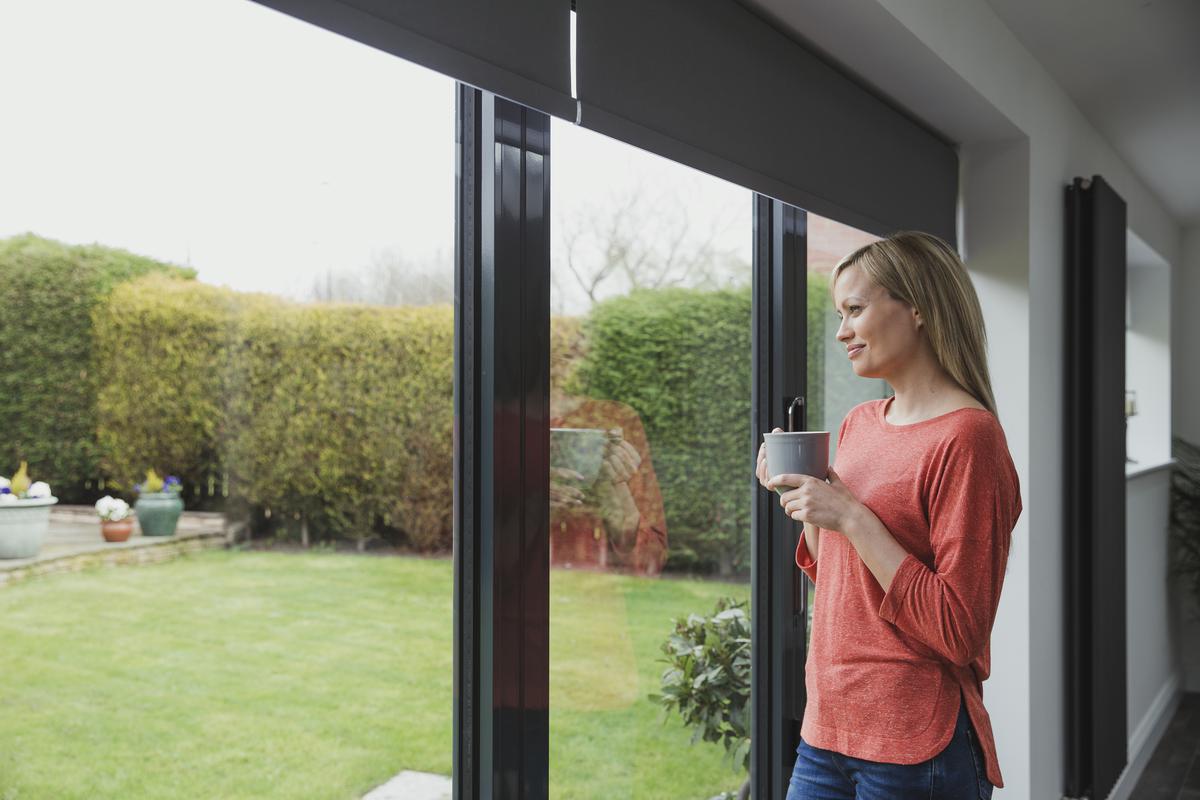
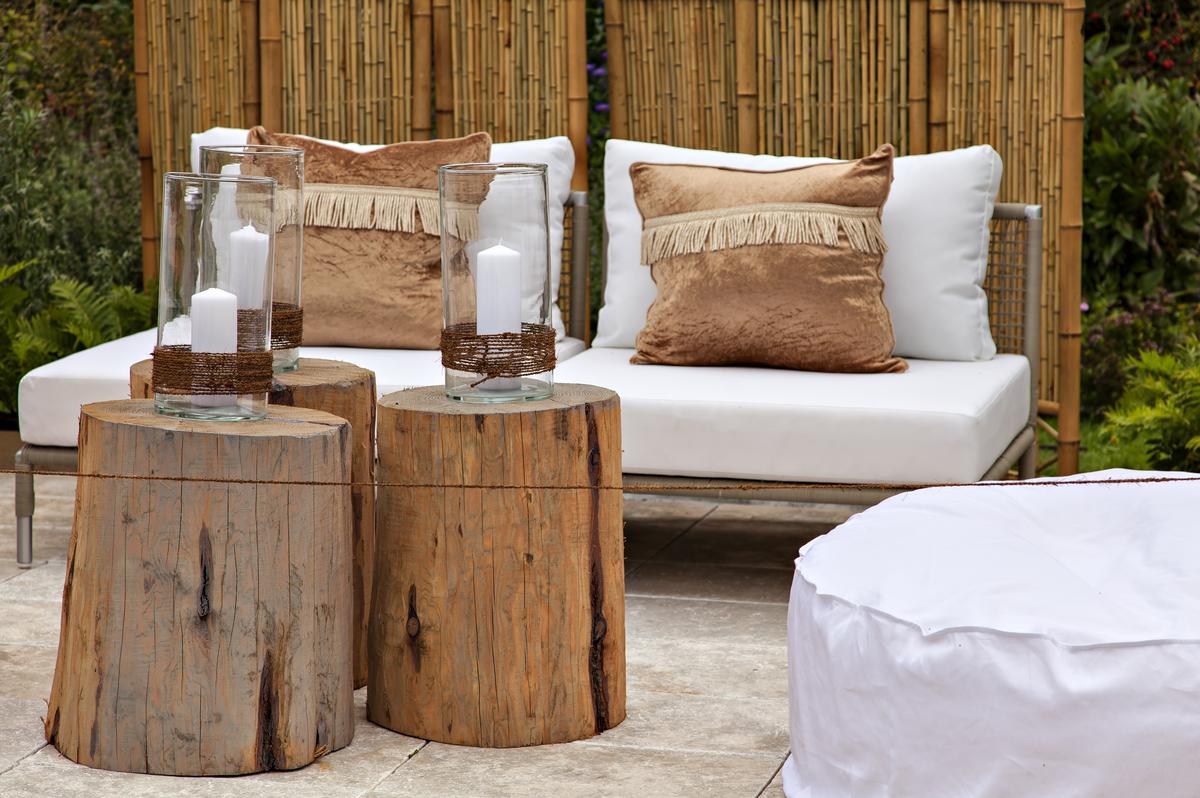
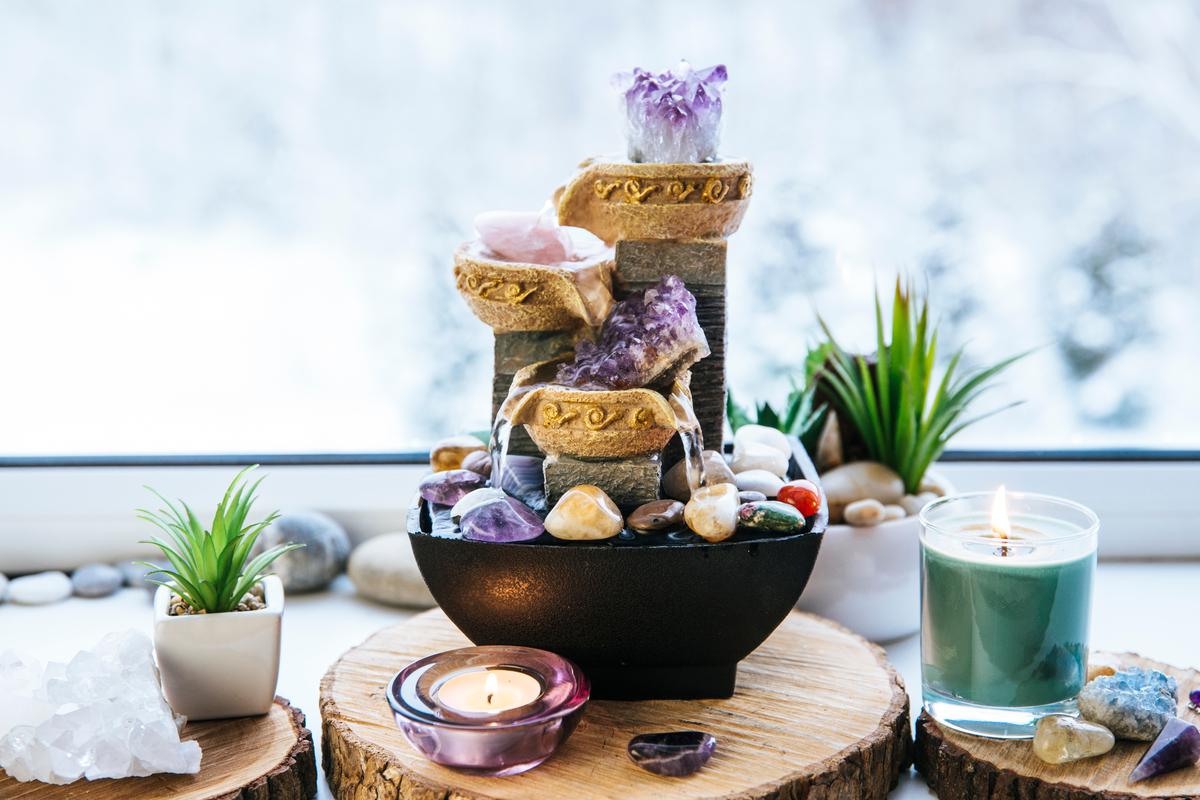
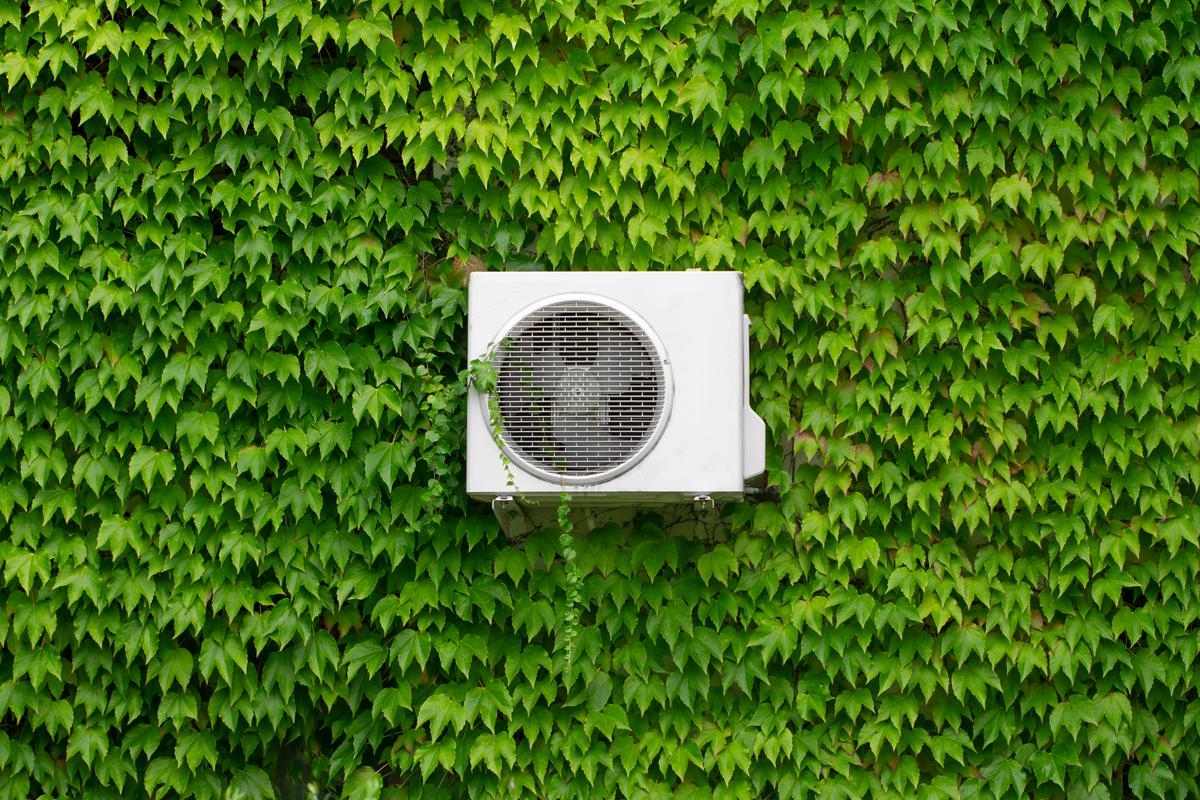
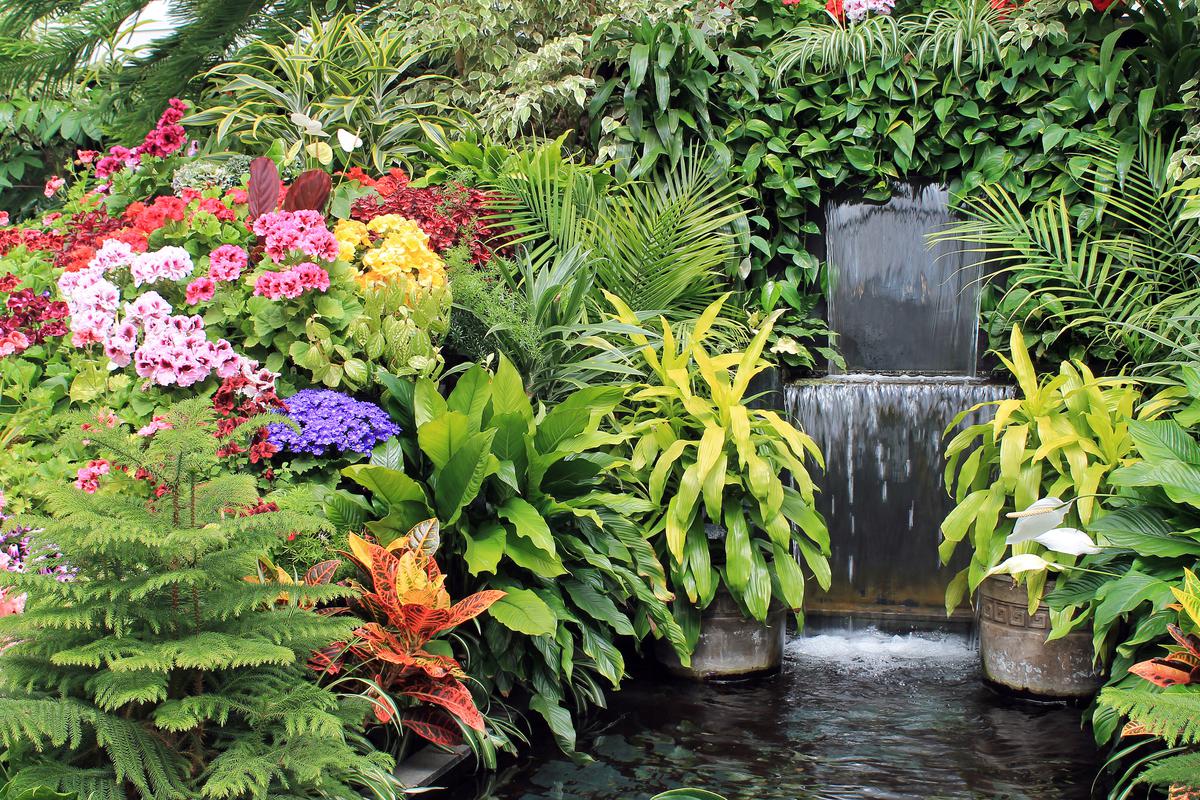
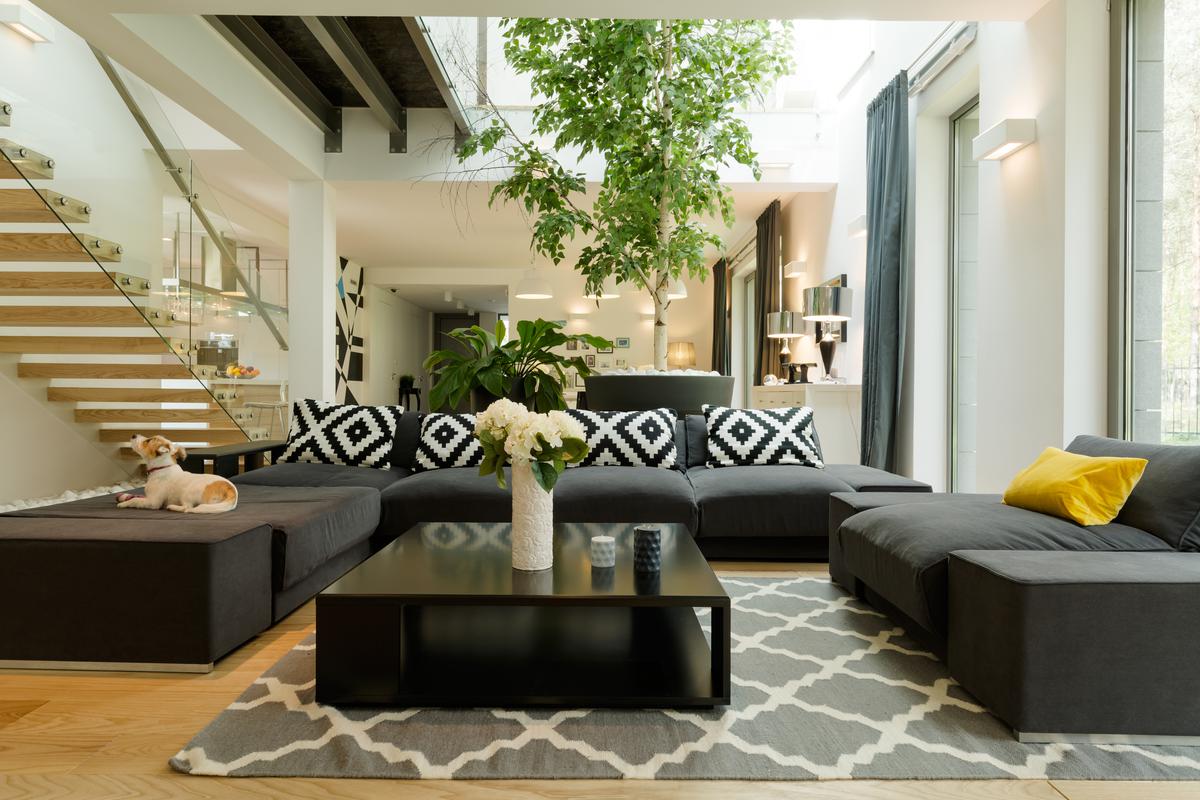


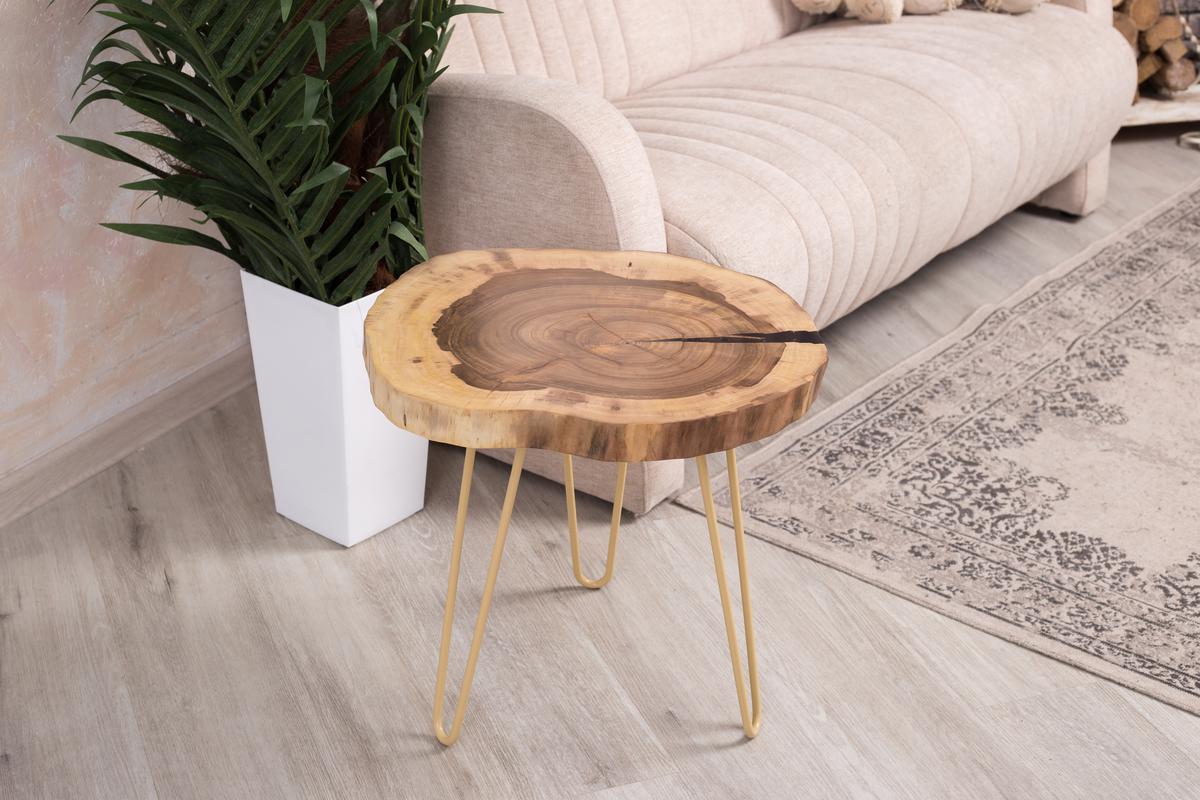
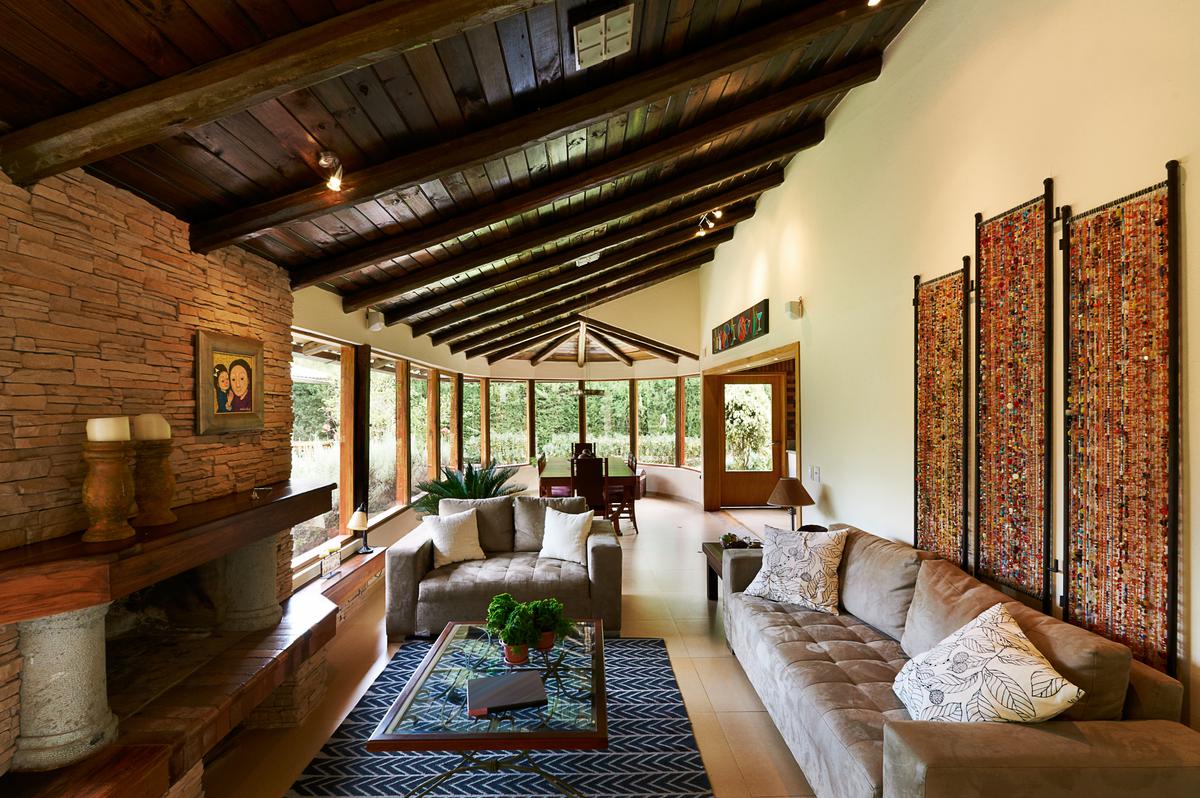
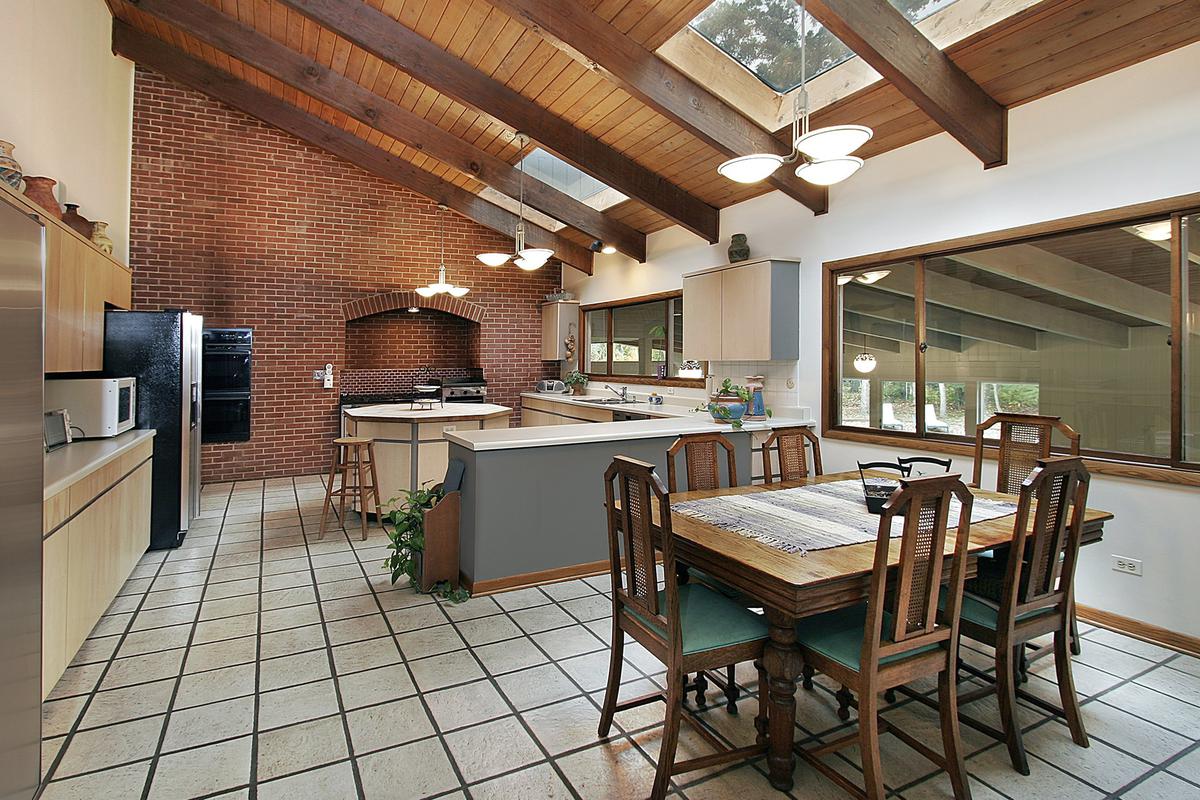
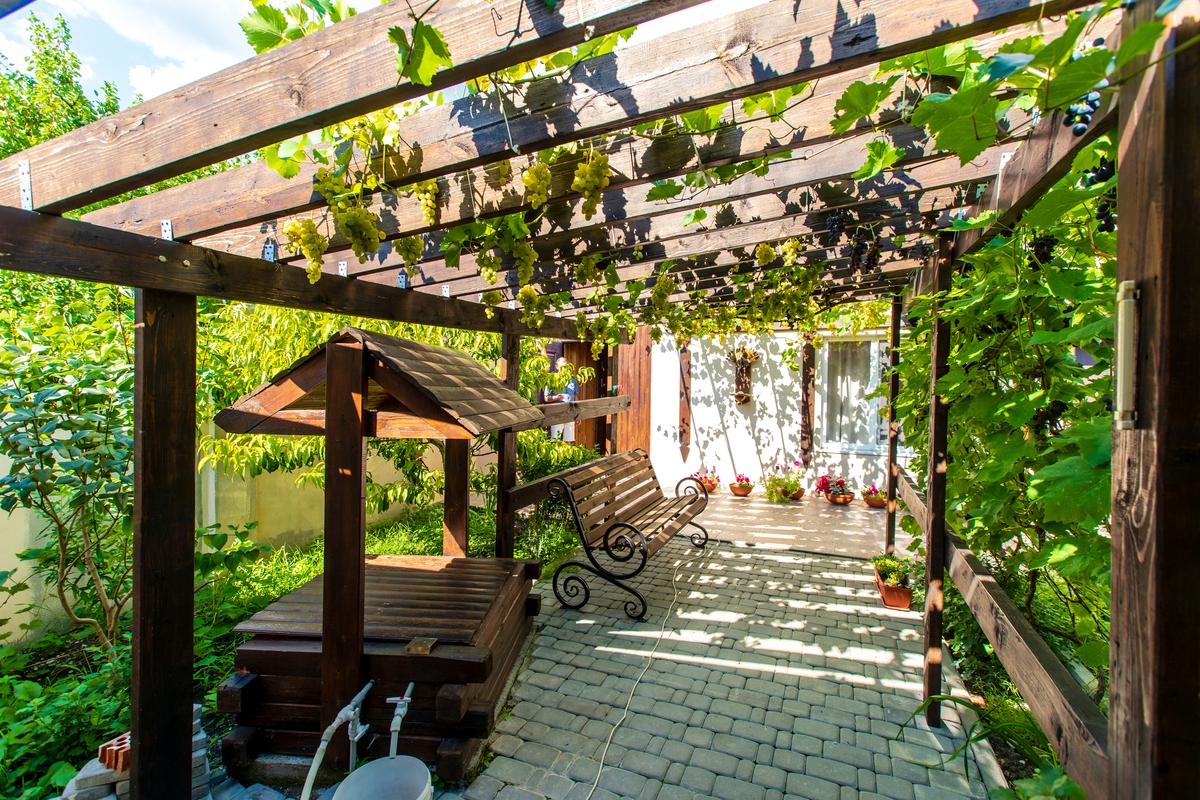
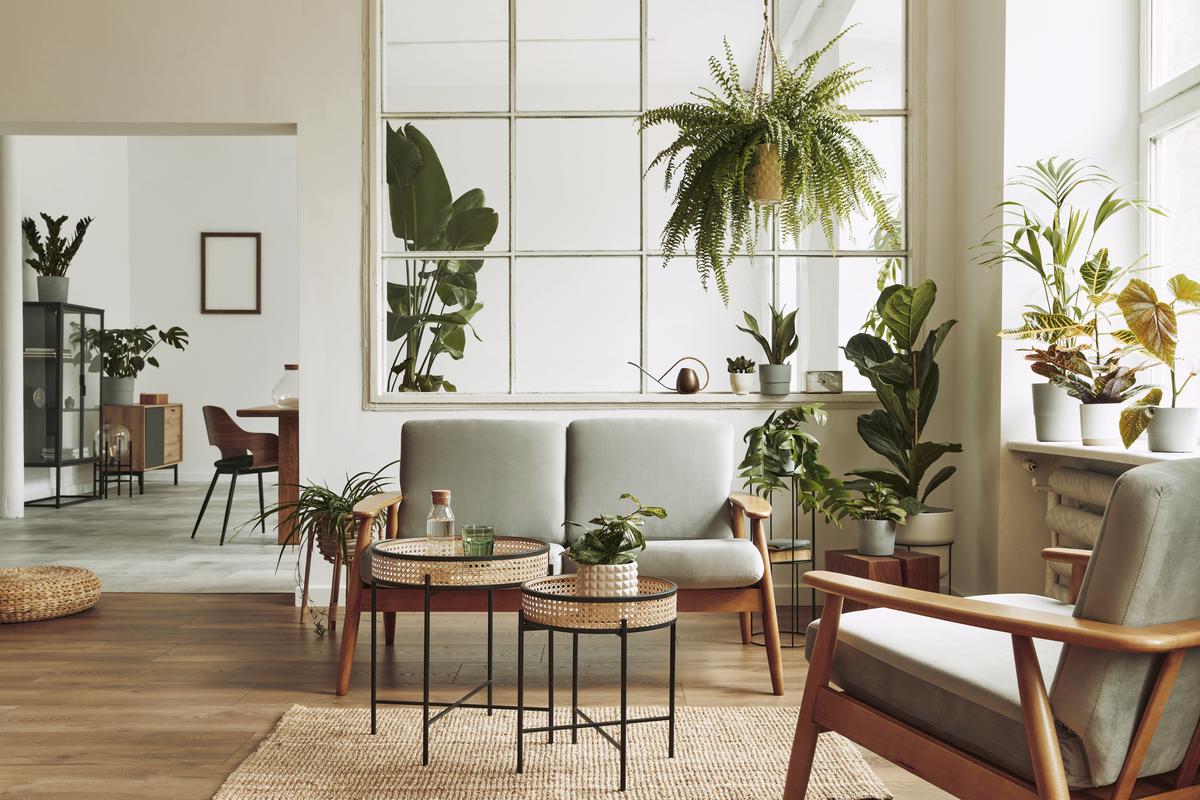
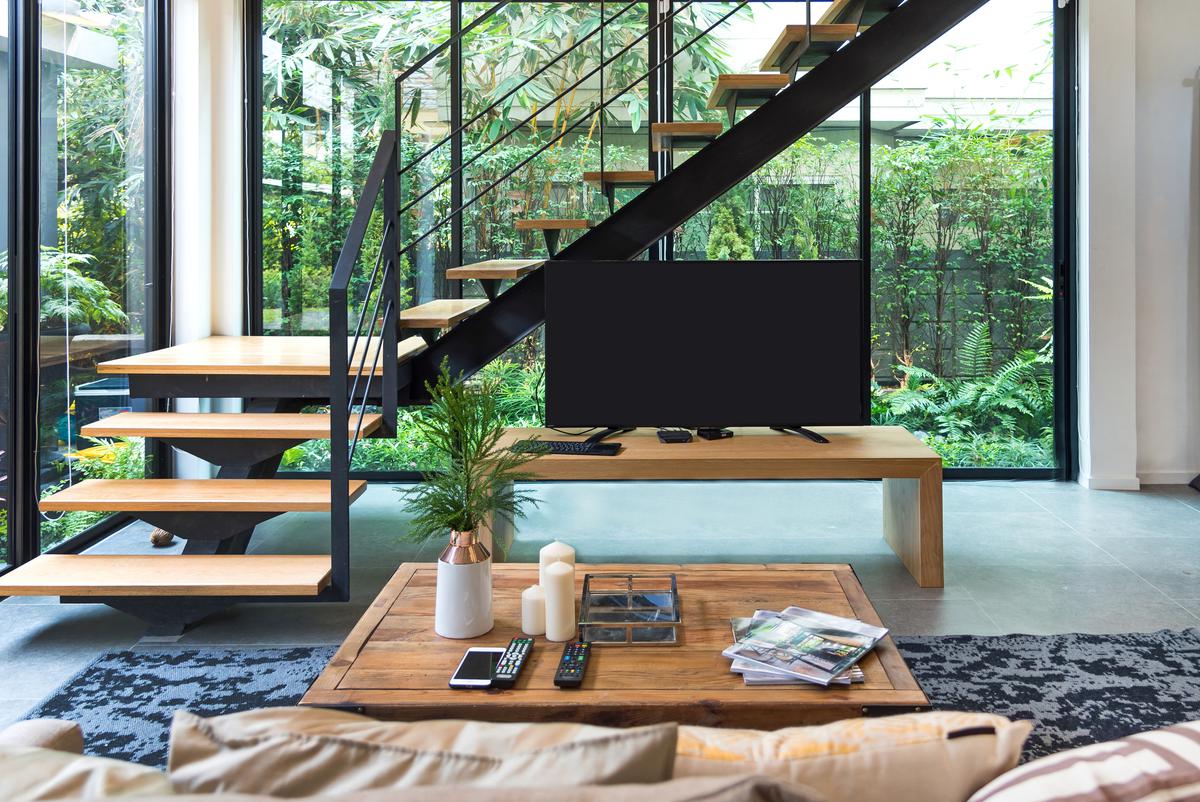
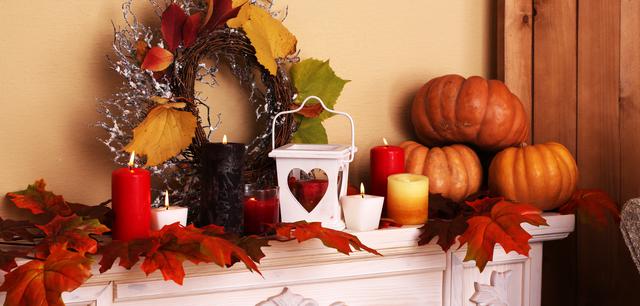

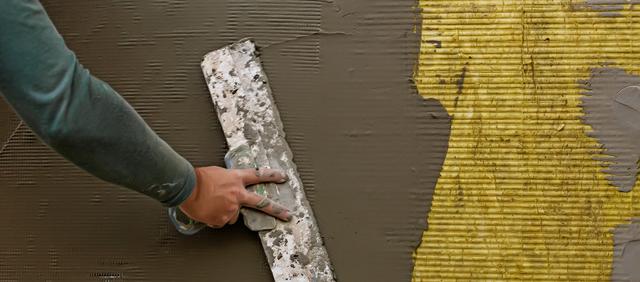

comments